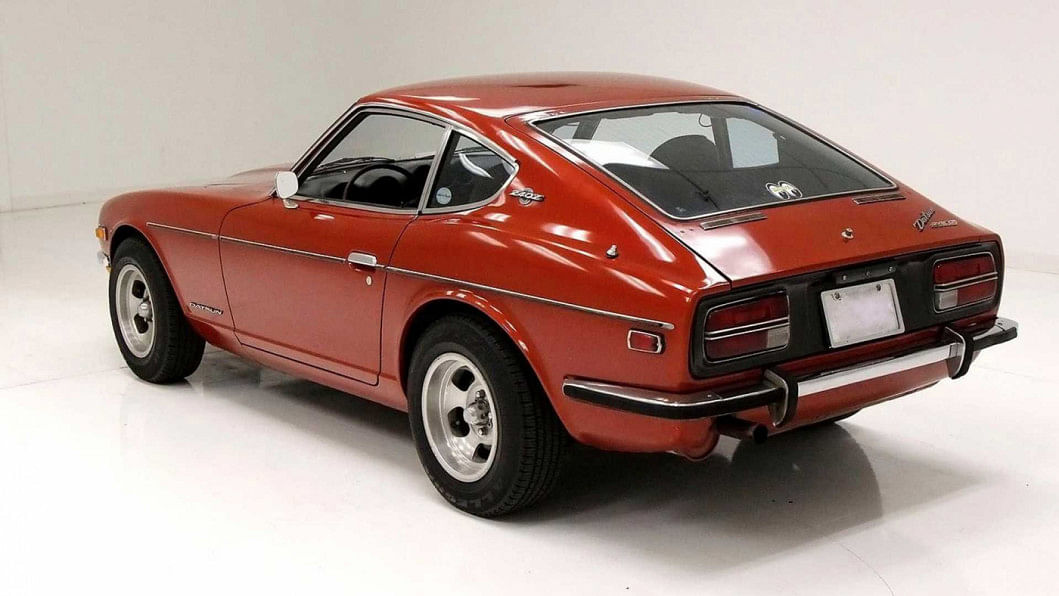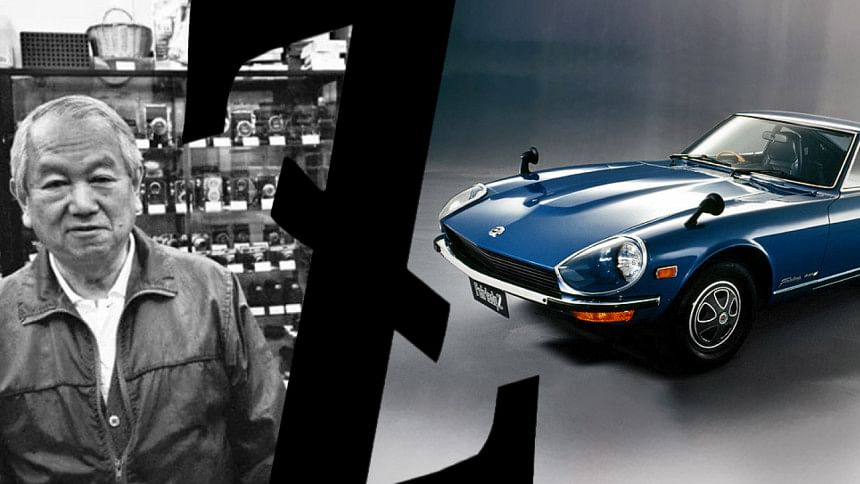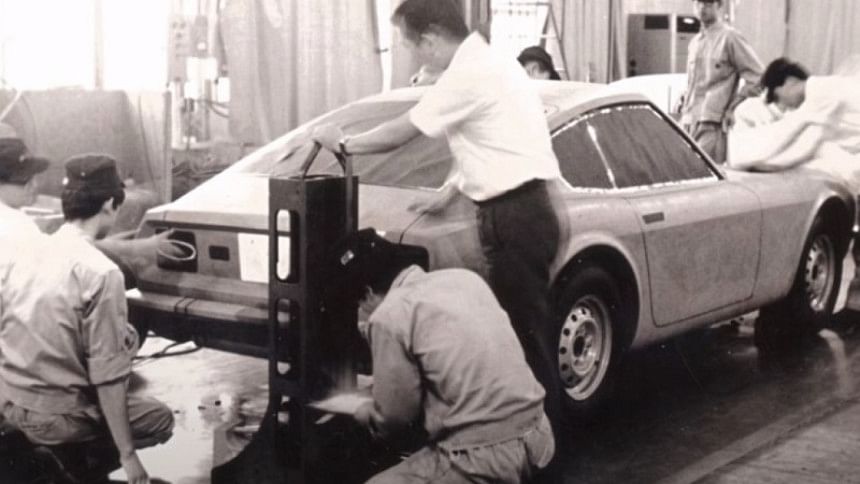Yoshihiko Matsuo and how the 240z became a design icon

Petrolheads are more opinionated about cars than the cast of Jersey Shore are about spray tan colours. Some cars are so perfectly designed that they shut down all argument. Such is the Datsun 240z. It is so aesthetically pleasing you cannot take a bad photograph. Perfect from every angle and that is a rare thing for cars.
Yoshihiko Matsuo was the lead designer responsible for this. He passed away on July 11 at age 86.

How the man began
Matsuo was born on July 10, 1934, in Himeji of Southern Japan. According to Japanese Nostalgic Car, he helped design the popular Daihatsu Midget while attending the Nihon University College of Art. From there he went to work at Nissan.
Datsun at that time needed an affordable, quick sportscar that could take on the European competition comprising of MGB Roadsters, Fiat 124 Spiders and the Mini Cooper.
Matsuo helped redesign the Bluebird 410 sedan. Pininfarina designed the 1964 Bluebird but Matsuo did not like it. He commented on the drooping rear lines of the sedan as "like somebody squatting on the toilet". Sales were low as the consumers did not like it either. Matsuo then helped clean up the lines by giving the rear a more raised appearance.
The SSS (for Super Sports Sedan) under his direction got floor-mounted shifter and twin carburettors for more sporty oomph. Sales quickly picked up.

How the 240z began
That gave him the acclaim needed to be placed as lead designer for the original 240Z, known as the Nissan Fairlady Z in Japan. Instead of a roadster though, Matsuo focused on a low-cost, fixed-roof GT car. No one really asked for it but he went ahead against Datsun's tiered management structure.
Matsuo's team was responsible for the design, for how the car looked. But they also had to keep in mind the materials to use, future upgrades that would have to be accommodated and all that in line with maintaining the cost of production.
Japanese Nostalgic Car, in its obituary of the designer last week, said he made "countless individual decisions that built the Z bit by bit. He even did some test driving."
A 2.4-litre inline-six capable of a then-impressive 150 horsepower at 6000 rpm powered the two-seater. It originally sold for $3500 equivalent to about $23,000 today. It had a four-wheel independent suspension for excellent handling.
In 1969, the car because a major success in America selling around 150,000 units till 1973. That is where it and the company cemented its reputation as a growing giant in the automotive field. It is a big deal to make it big with a small engine in a country that believes 'there's no replacement for displacement'. It further proved its abilities in multiple racing series as well as winning the gruelling 1971 and 1973 East African Safari rallies.
The future of the Z
The 240Z is now an icon of design where form meets functionality without subtracting points from either. It grew up into the 260Z, 280Z and 300ZX as times and power requirements progressed. The current, slightly chubby looking Nissan 370Z continues the traditions.
Matsuo also penned the Cedric 230 (also known as the Datsun 200C/220C) and the cult classic Bluebird 610 before he left Nissan. Perhaps Nissan will actually create the 400Z they have been teasing us with this year. It is the best modern interpretation of the original 240z, a perfect homage to one of the most iconic designs in automotive history. Matsuo would surely approve.





Comments